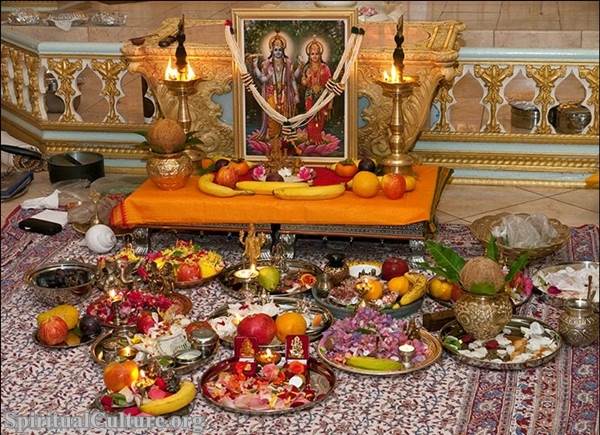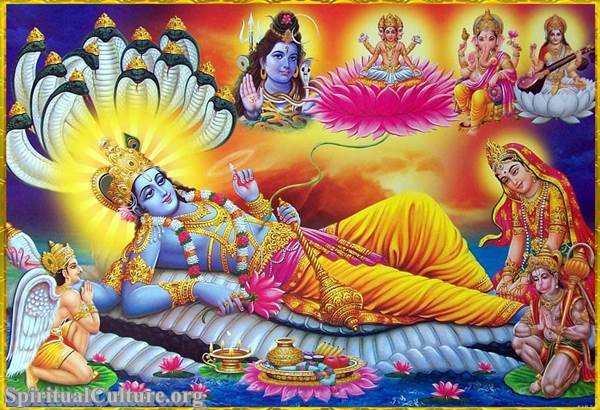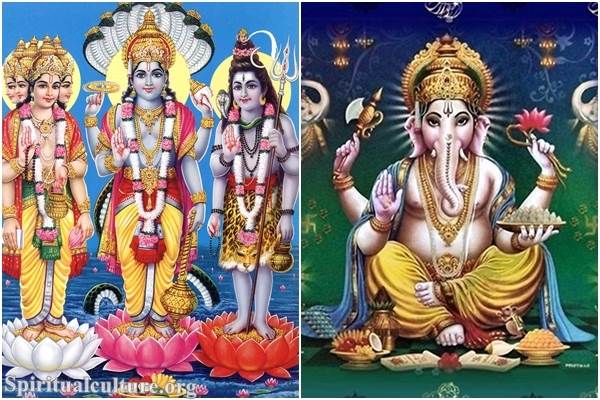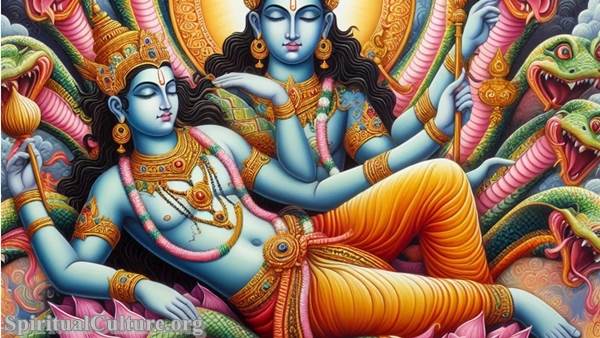Kali, the Hindu goddess, is one of the most fascinating deities in Hinduism’s pantheon. She is often misunderstood and misrepresented, yet she holds a significant place in the hearts and minds of millions of devotees worldwide. Kali is the embodiment of Shakti, the divine feminine power that is the source of all creation. This article delves deep into the profound symbolism, mythology, and philosophy associated with Goddess Kali.
Hinduism and the Concept of Divinity
One of the world’s oldest religions, Hinduism is a complex and diverse spiritual tradition. It encompasses a vast array of beliefs, practices, rituals, and philosophies. The concept of divinity in Hinduism is multifaceted, with a multitude of gods and goddesses embodying various aspects of the universal divine energy.
Hinduism reveres both male and female deities, acknowledging the balance of masculine and feminine energies in the cosmos. Among these, the Hindu Goddess Kali holds a distinctive place. Kali is a symbol of the fierce aspect of divine feminine power, embodying destruction, transformation, and protection.
The Fierce and Compassionate Kali
Kali is often depicted as a fearsome goddess with dark skin, disheveled hair, a garland of skulls, and a skirt of severed arms. She wields a sword in one hand, a severed head in another, and her tongue protrudes from her mouth. This terrifying image is not meant to induce fear but to symbolize the transcendence of the physical to the spiritual realm.
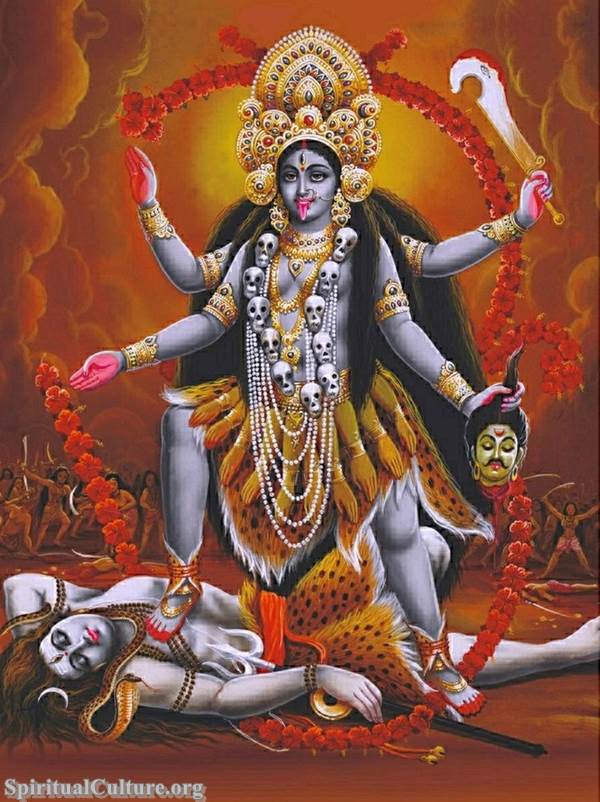
Kali Goddess.
Despite her fearsome image, Kali is also a compassionate mother. Her name ‘Kali’ derives from the Sanskrit root ‘Kal,’ which means time. As the embodiment of time, Kali governs all changes in the universe. The severed heads and limbs she carries symbolize the ego’s dissolution, representing liberation from the cycle of birth and death.
Kali, the Destroyer of Evil
In Hindu mythology, Kali is often portrayed as a destroyer of evil forces. One of the most famous legends involves her battle with the demon Raktabija. Every drop of blood that fell from Raktabija would produce another demon. Kali, with her tongue outstretched, drank all his blood before it could reach the ground, thereby preventing the creation of more demons and eventually killing Raktabija.
This story is a metaphor for the spiritual struggle against our inner demons – ignorance, ego, attachments, and desires. Kali, in her fierce form, aids her devotees in this battle, helping to eradicate these negative tendencies and guiding them towards spiritual liberation.
Kali Goddess in Contemporary Hindu Worship
Today, Kali continues to be widely worshipped in various parts of India and the world. Her devotees see her as a protective force against negativity and evil. She is particularly revered in the Indian state of West Bengal, where the annual Kali Puja festival is celebrated with great fervor.
Kali’s worship often involves rituals and offerings meant to appease her and seek her blessings. Devotees offered the goddess flowers, sweets, and wine, and animal sacrifices were traditionally part of the ritual. However, this practice has declined significantly in modern times due to ethical considerations.
In Conclusion
The Hindu goddess Kali profoundly symbolizes the divine feminine’s powerful, transformative, and protective aspects. She is a testament to the depth and complexity of Hinduism, a religion that embraces the full spectrum of life’s experiences – from creation to destruction, from fear to liberation. Kali teaches us that change, however terrifying it may seem, is an integral part of life and a necessary step towards spiritual growth and enlightenment.
